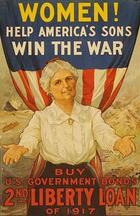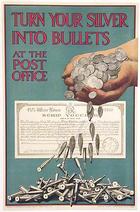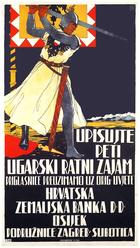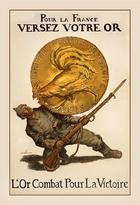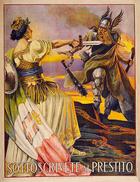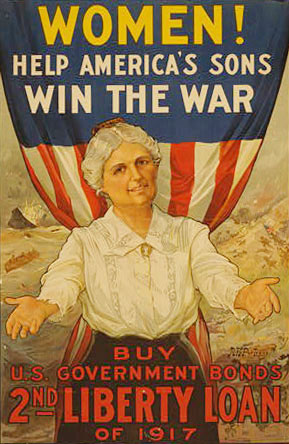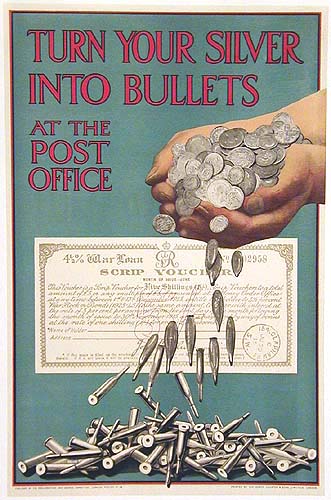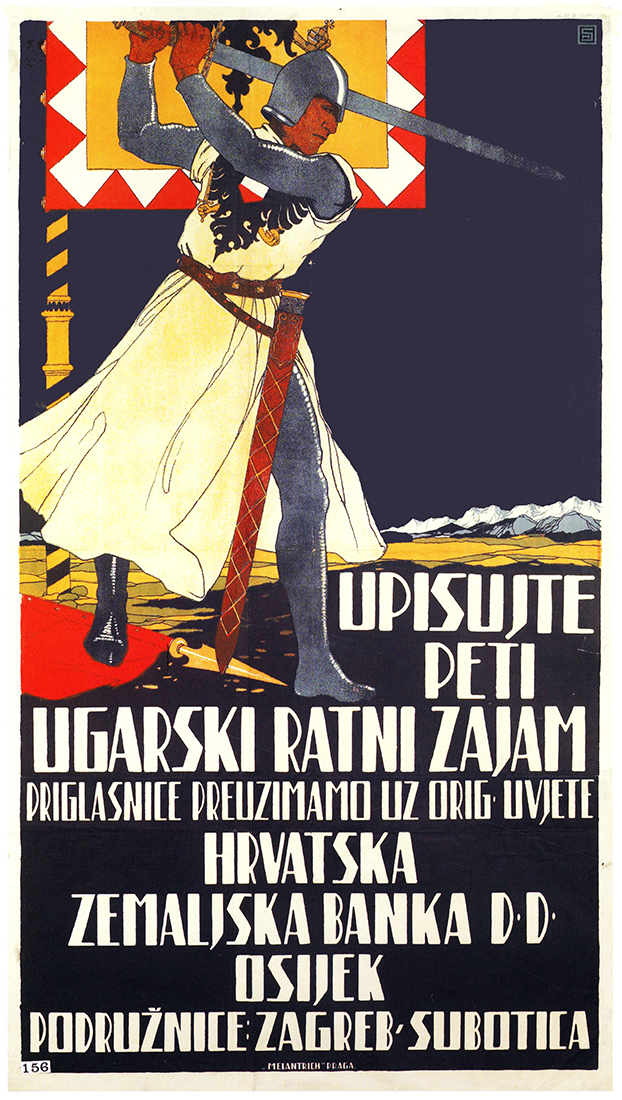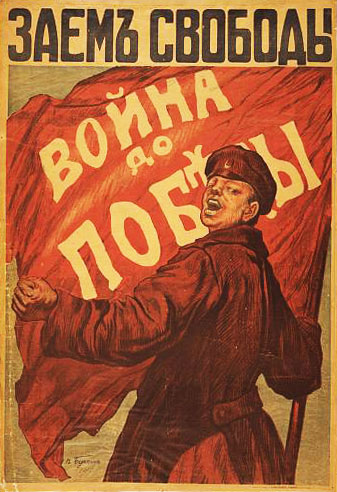Total war: economic mobilisation
7.2 Financing the war effort
Total war proved to be very expensive. Norman Angell (The Great Illusion, 1909) and Ivan Bloch (Is War Now Impossible?, 1899) had already pointed this out. In fact, they concluded that a European war would be so financially ruinous that potential belligerents were unlikely to take the risk. In the event, such concerns were brushed aside as all believed the war would be short. Even when that illusion faded, the ‘money-is-no-object’ attitude persisted. Despite all amassing huge debts, no state was deterred from waging war by financial constraint.
Strachan (chapter 10, pp. 135–7) outlines the principal methods by which states funded the war. The manner in which they utilised taxation reflected their different domestic situations. Only Britain, with its relatively stable social and political structures, had introduced income tax before the war. After years of debate, France was on the point of following suit in 1914 but postponed doing so for fear of jeopardising newly won support of left-wing forces. In Germany, with its federal system, indirect taxes were levied by the Reich government, direct taxes by individual states. Increasing the latter would have involved complex negotiations between different levels of government. Most states were in any case reluctant to raise wartime taxes for fear of exacerbating social divisions. Taxing war profits, on the other hand, was popular but largely ineffective.
As Strachan explains, both sides financed the war mainly by various forms of credit. Printing money was inflationary and fuelled social unrest by increasing the cost of living. More popular were war bonds, issued primarily for domestic consumption. By investing in them citizens were gambling on victory, so take-up rates fluctuated with the fortunes of war as well as with patriotic enthusiasm.
The most striking aspect of war finance was the extent of overseas borrowing and here a clear distinction emerges between the two blocs. While the major partners in both coalitions bankrolled weaker members, Central Powers’ access to overseas finance was much more limited. Germany borrowed from European neutrals but could not match the resources which Britain was able to tap into from America. While this gave the Allies an obvious advantage, it placed enormous strain on Britain’s finances as all partners increasingly borrowed from her. It also made them vulnerable; the entire Allied war effort eventually depended on Britain’s credit-worthiness in the United States and this was close to exhaustion by April 1917.
Individual activity: Financing the war effort
Study Colour plate no. 12 in Strachan, advertising an American war bond.
Additional examples of British war posters can be viewed on the Kings’ College website
Many of these posters were for recruitment purposes, but many were also designed to encourage people to subscribe to war loans. Select some examples of the latter then consider these questions, recording your thoughts in your personal notes:
- What particular themes and symbols do each country’s posters highlight to get their message across? Note national differences in style and emphasis.
- Which posters do you think would have been most effective in reaching their target audience, and why?
We shall study the use of propaganda by both governments and private organisations in more detail in unit 9.
